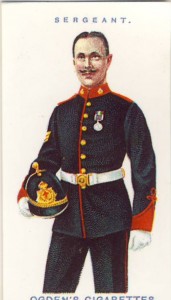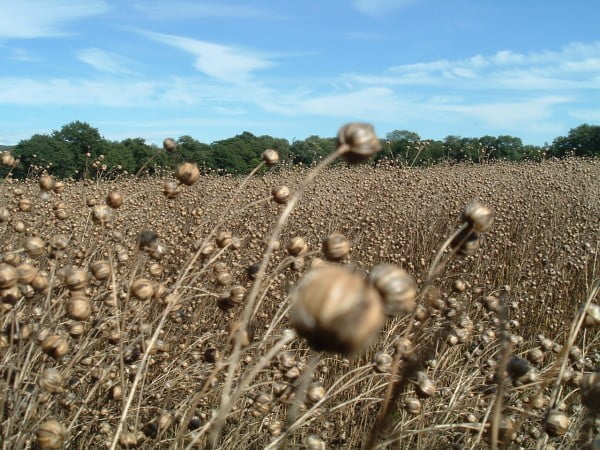A traditional remedy
As long ago as the seventeenth century, herbal and linseed formentations and cataplasms (poultices) were recommended by the great English herbalist, Nicholas Culpeper for treating abscesses, tumours and inflammation.

The Linseed Lancers
In the first world war the Royal Army Medical Corps (RAMC) became known as the Linseed Lancers because linseed poultices.were often the only treatment they had to offer their patients during the Boer war and WW1 1914-1918.
CBD: Cannabidiol in linseed
In recent studies cannabidiol has been found in linseed fibre, It is an active ingredient with anti-oxidant, anti-inflammatory and anti-microbial properties, which must have seriously contributed to the efficacy of linseed poultices.
To make a linseed poultice
For inflammation such as bruises, strains, cysts, bursitis, boils, ulcers, and skin conditions.
To 1 cup ground linseed (or coarse ground linseed flour) add 1 cup hot water from a kettle. Mix to make a past and allow to stand somewhere warm for ten minutes.
Spread the paste onto the middle of a suitably sized linen (or cotton) cloth, cover with linen, muslin or similar fine fabric.
Wipe the affected area with cold-pressed linseed oil to make it easy to clean.
Then apply warm poultice to affected area, with muslin next to the skin, bandage with piece of folded towelling and hold in place with tape, safety pins and/or bandage. It should be firm but not tight.
Suitable for adults, children and animals
A gentle, chemical-free treatment that can be used for the whole family and pets too.

